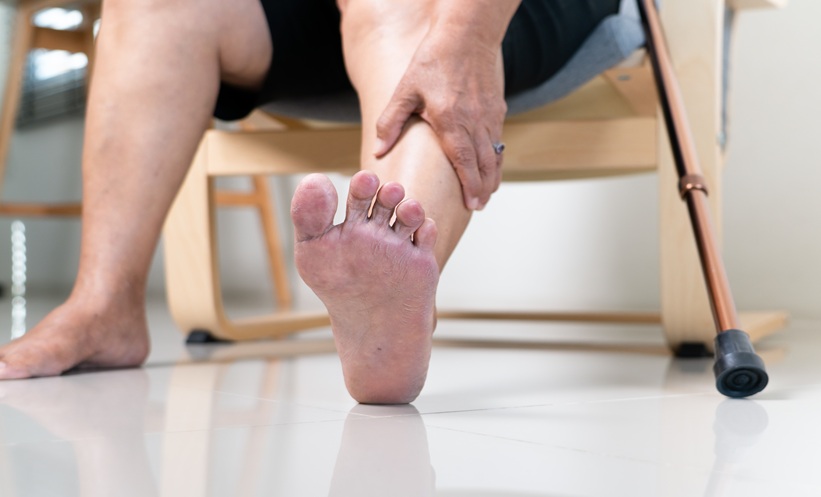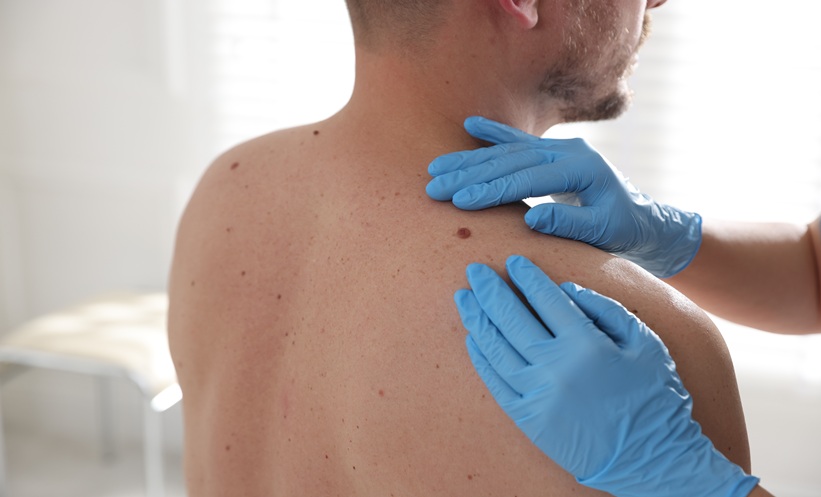MECHANICAL nail disorders may underlie many dystrophic toenails that are often mistaken for primary onychomycosis.
Recognizing Mechanical Nail Disorders in Practice
This clinical review highlights physical trauma as the leading cause of toenail onychodystrophy, exceeding onychomycosis in routine practice. Ill-fitting footwear and structural abnormalities of the foot and toes, such as Morton toe, hallux valgus, hallux rigidus, and flat or splay foot, subject the forefoot to non-physiologic strain that distorts nail growth. The authors emphasize that dystrophic toenails should be evaluated together with foot and toe alignment while the patient is standing and walking, accompanied by a careful review of shoe type and fit.
Trauma related onychodystrophy increases susceptibility to secondary onychomycosis, so histopathologic or mycologic confirmation is recommended before assigning a primary fungal diagnosis. Anatomical abnormalities can also aggravate nail psoriasis through koebnerization, which means that dystrophic nails may persist even after successful treatment of comorbid inflammatory disease if the underlying mechanical trigger is not corrected.
Broader Spectrum of Trauma Related Nail Disease
The review outlines a wide range of additional nail changes driven by repetitive mechanical stress, including subungual heloma, onychophosis, frictional onycholysis, leukonychia, melanonychia, Beau lines, onychomadesis, retronychia, and the disappearing nail bed. Arthritic disease involving the distal interphalangeal joint may theoretically disturb the adjacent nail matrix and contribute to structural nail disorders.
Diabetes, Structural Nail Disease, and Ulcer Risk
Mechanical nail disorders take on particular importance in patients with diabetes mellitus. Hyperglycemia, neuropathy, and vasculopathy appear to participate in the development of onychodystrophy in this population, which is already prone to structural foot problems, ingrown nails, and onychomycosis. The combination of altered pressure distribution, dystrophic nails, and impaired healing increases the risk of foot ulceration.
The authors underscore that prompt recognition and treatment of onychomycosis and onychocryptosis in patients with diabetes is a key preventive strategy. Effective management of mechanical and structural nail disorders in this high-risk group may reduce downstream complications, including ulcers, osteomyelitis, and limb amputation.
Reference: Ricardo J W. Evaluation and Management of Mechanical and Structural Nail Disorders: A Clinical Review. J Am Acad Dermatol. 2025;doi:10.1016/j.jaad.2025.11.025.








